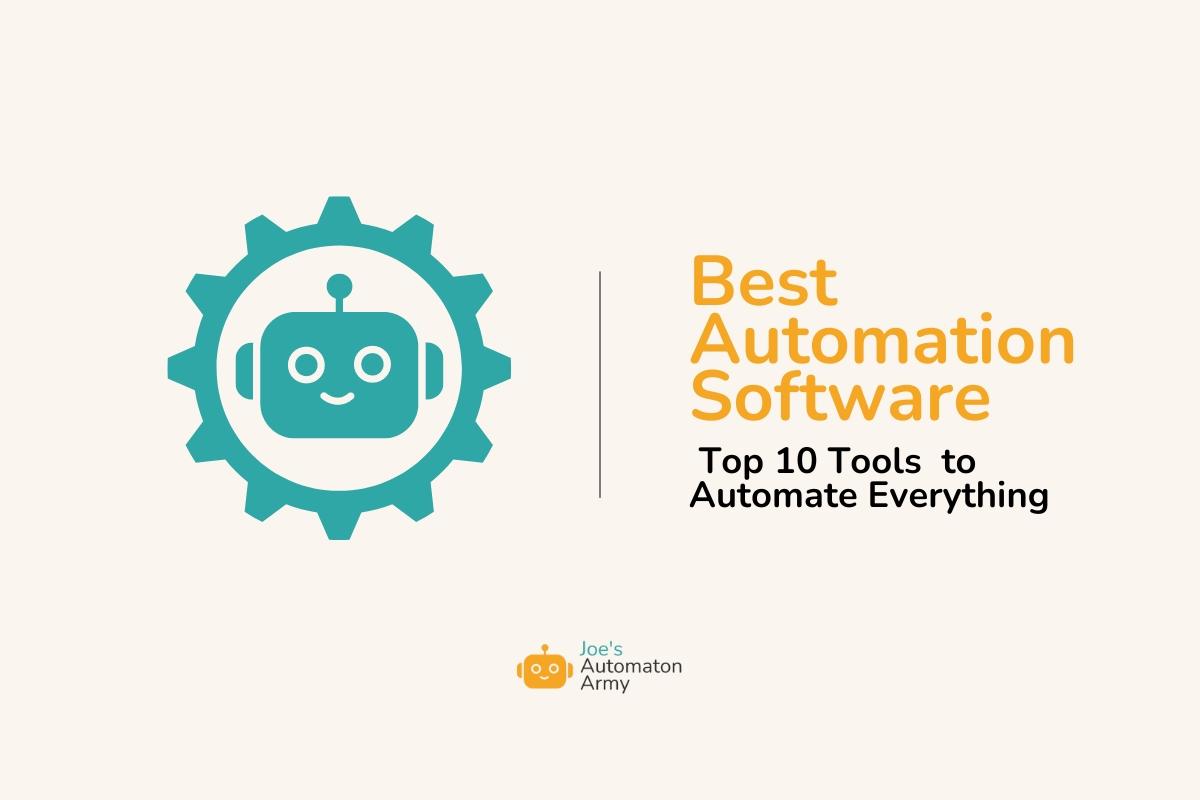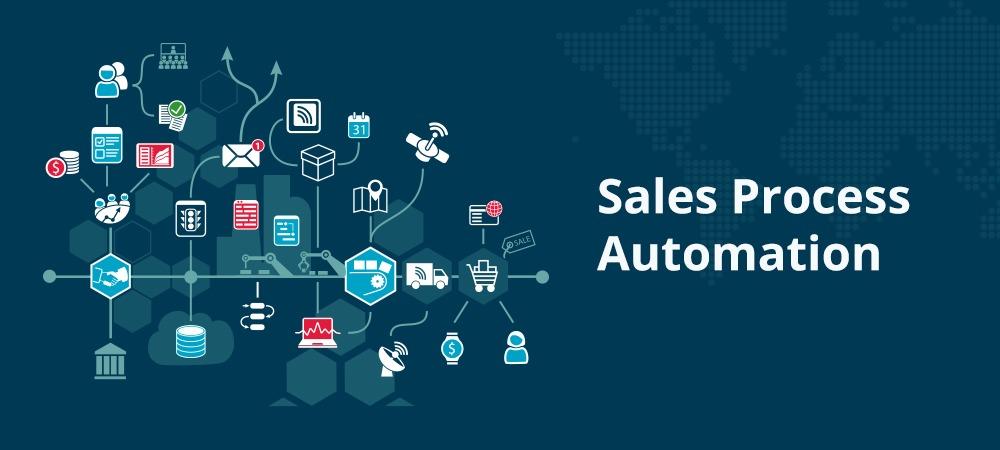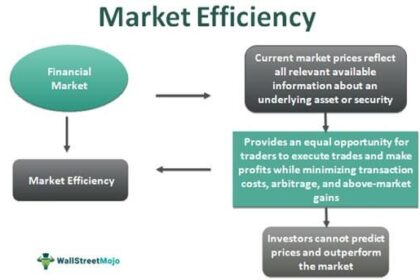In an ever-evolving marketplace where every second counts and consumer expectations soar, sales teams are navigating a landscape that demands agility and precision. As the pressure mounts to close deals faster and deliver personalized customer experiences, many organizations are turning to a transformative ally: automation software. This technological marvel not only streamlines processes but also empowers sales professionals to focus on what truly matters—building relationships and driving revenue. In this article, we will explore the profound impact of automation on sales efficiency, uncovering the tools and strategies that elevate performance while creating a seamless synergy between human ingenuity and machine efficiency. Join us as we delve into the future of sales, where innovation meets necessity and the power of automation reshapes the sales landscape.
Unleashing the Potential: Understanding Automation Software in Sales
Automation software is revolutionizing the way sales teams operate, enabling businesses to streamline their processes and focus on what truly matters: building relationships and closing deals. By leveraging automation tools, organizations can significantly reduce the time spent on repetitive tasks, enhancing productivity and allowing sales professionals to dedicate more time to selling. Key features of automation software include:
- Lead Management: Automatically capture, qualify, and assign leads, ensuring no opportunity slips through the cracks.
- Email Automation: Schedule personalized email campaigns that nurture leads and promote engagement.
- Reporting and Analytics: Gain insights into sales performance and customer behavior with real-time data analysis.
The integration of automation software not only accelerates workflow but also fosters accountability within the sales team. With clear visibility into tasks, deadlines, and performance metrics, managers can efficiently track progress and make informed decisions. Consider this simple comparison of manual versus automated processes:
| Aspect | Manual Process | Automated Process |
|---|---|---|
| Time Spent on Repetitive Tasks | Hours/Week | Minutes/Week |
| Lead Follow-Up Time | Days | Instant |
| Data Accuracy | Variable | High |
By adopting automated solutions, sales teams can not only maximize efficiencies but also enhance overall effectiveness, thus fostering a more engaging and productive sales environment. The potential for increased sales conversion and customer satisfaction is undeniable, making it essential for organizations to embrace these innovative tools to stay competitive in today’s market.

Streamlining Processes: Key Features that Enhance Sales Efficiency
Harnessing the power of automation software can significantly enhance sales efficiency through a variety of essential features. These tools not only help streamline workflows but also improve communication within teams and with clients. Some of the key functionalities include:
- Lead Management: Centralized databases that track leads, enabling seamless follow-ups and nurturing.
- Automated Reporting: Customizable reports that provide real-time insights into sales performance, helping teams make informed decisions.
- Email Automation: Pre-scheduled email campaigns that engage prospects and clients without the need for manual outreach.
- Task Automation: Setting reminders and automating routine tasks frees up time for sales representatives to focus on closing deals.
Moreover, integrating these features fosters collaboration and transparency across sales teams. With intuitive dashboards, team members can easily access shared goals and metrics that promote accountability and motivation. A few standout benefits include:
| Benefit | Description |
|---|---|
| Increased Productivity | Sales teams can prioritize high-impact activities, reducing time spent on administrative tasks. |
| Improved Customer Experience | Personalized interactions lead to higher customer satisfaction and loyalty. |
| Enhanced Data Accuracy | Automated systems minimize human error, ensuring that data is always reliable and up-to-date. |

Maximizing ROI: Best Practices for Implementing Automation in Sales Teams
Implementing automation in sales teams is crucial for enhancing productivity and maximizing return on investment (ROI). By streamlining repetitive tasks, sales representatives can focus more on nurturing client relationships and closing deals. To effectively integrate automation tools, consider the following best practices:
- Assess Current Processes: Before introducing automation, evaluate existing workflows to identify areas that can benefit most from technology.
- Choose the Right Tools: Select automation software that aligns with your team’s specific needs, ensuring it integrates seamlessly with current systems.
- Train Your Team: Invest in training sessions to familiarize your sales team with the new technology, maximizing its potential from day one.
- Track Performance Metrics: Monitor key performance indicators post-implementation to assess the impact of automation on sales productivity.
To further illustrate the potential ROI from varied automation tools, the following table presents a comparison of key software features:
| Tool | Feature | Expected Benefit |
|---|---|---|
| CRM Automation | Lead Management | Streamlined client tracking and enhanced follow-up efficiency |
| Email Automation | Personalized Campaigns | Higher engagement rates through targeted messaging |
| Analytics Tools | Sales Forecasting | Improved decision-making with data-driven insights |

Future-Proofing Your Strategy: Adapting to Evolving Sales Technologies
The landscape of sales technology is constantly evolving, driven by advancements in automation and data analytics. To thrive in this dynamic environment, sales teams must embrace flexibility and innovation. By integrating artificial intelligence (AI) and machine learning into their strategies, businesses can achieve enhanced lead management and pipeline optimization. Key benefits of adopting these technologies include:
- Increased Productivity: By automating repetitive tasks, teams can focus more on strategic initiatives and engage better with clients.
- Data-Driven Insights: Leveraging analytics tools provides actionable insights that inform decision-making and targeted actions.
- Scalability: Automation technologies can easily adapt to growing business needs, ensuring that sales operations are sustainable in the long term.
To ensure that your sales strategy remains relevant, consider conducting regular audits of your technology stack and staying informed about emerging tools. This proactive approach not only identifies potential gaps in your current systems but also helps you capitalize on new opportunities. A comparative table can clarify the relative strengths of various solutions:
| Technology | Key Features | Ideal For |
|---|---|---|
| CRM Software | Lead tracking, reporting, and analytics | Small to medium businesses |
| Marketing Automation | Email campaigns, social media scheduling | Businesses focused on inbound marketing |
| Sales Enablement Tools | Content management, training resources | Teams needing streamlined access to information |
By integrating the right technology and consistently evaluating its performance, organizations can not only keep pace with changes but also drive continuous improvement in their sales processes. The future belongs to those who are adaptable, and focusing on automation software is a critical step towards achieving sustained sales efficiency.
Final Thoughts
In a world where every second counts, businesses can no longer rely on traditional methods alone to drive their sales strategies. As we’ve explored, the integration of automation software is not just a trend but a transformative ripple affecting the core of sales efficiency. From streamlining workflows to enhancing customer interactions, the implications are profound and far-reaching.
As we stand on the brink of a new era in sales, embracing automation will empower teams to focus on what truly matters—building relationships and crafting compelling narratives that resonate with customers. The path to sales excellence is clear: harnessing the power of technology to unlock human potential.
In closing, the journey towards a fully automated sales process is not merely about replacing tasks; it’s about redefining the very essence of how we connect, communicate, and convert. As you contemplate the strategies that lie ahead, remember that success in this landscape hinges not just on tools, but on the vision that guides their implementation. The future of sales is here, and it’s automated. Are you ready to take the next step?



